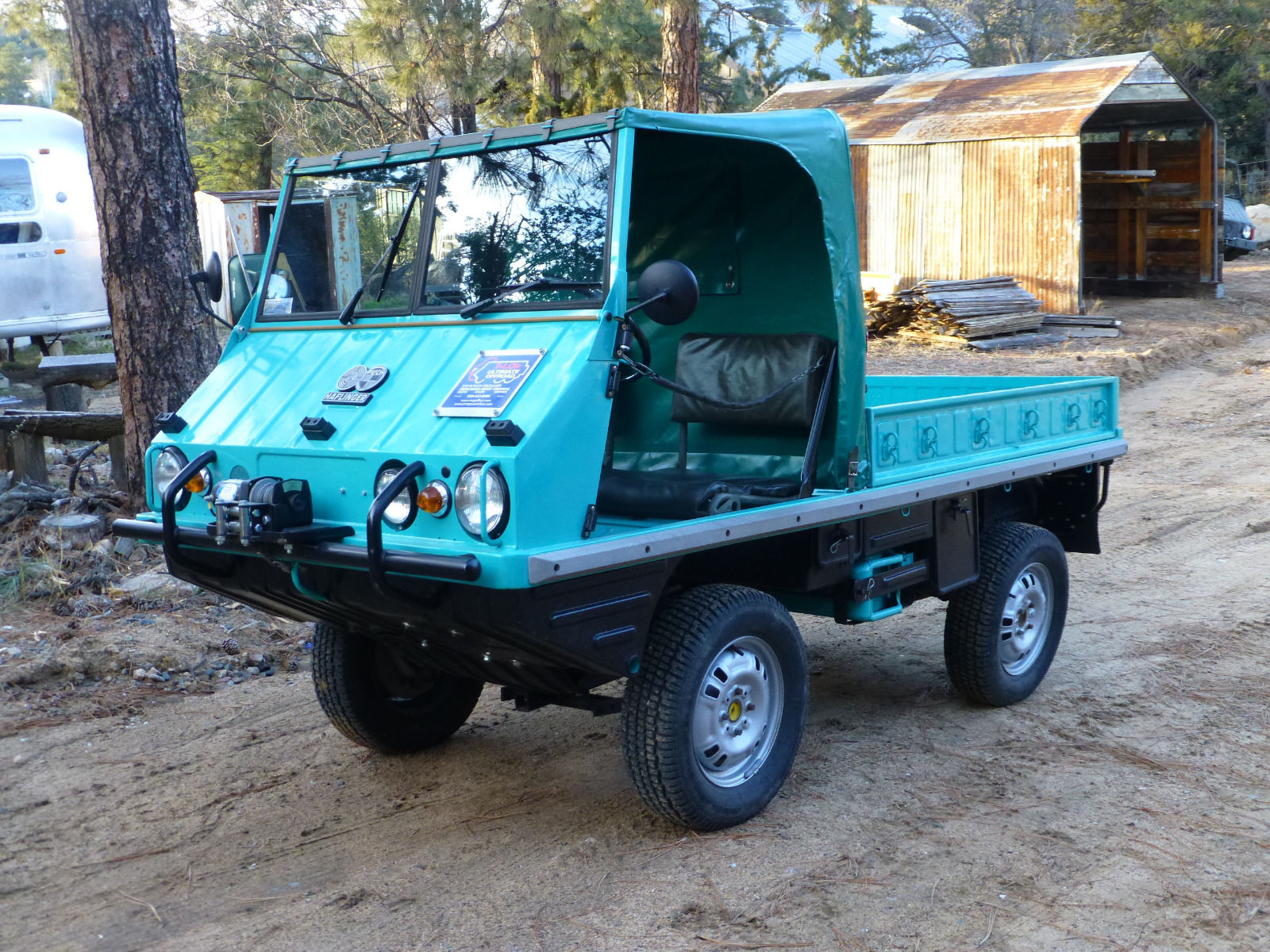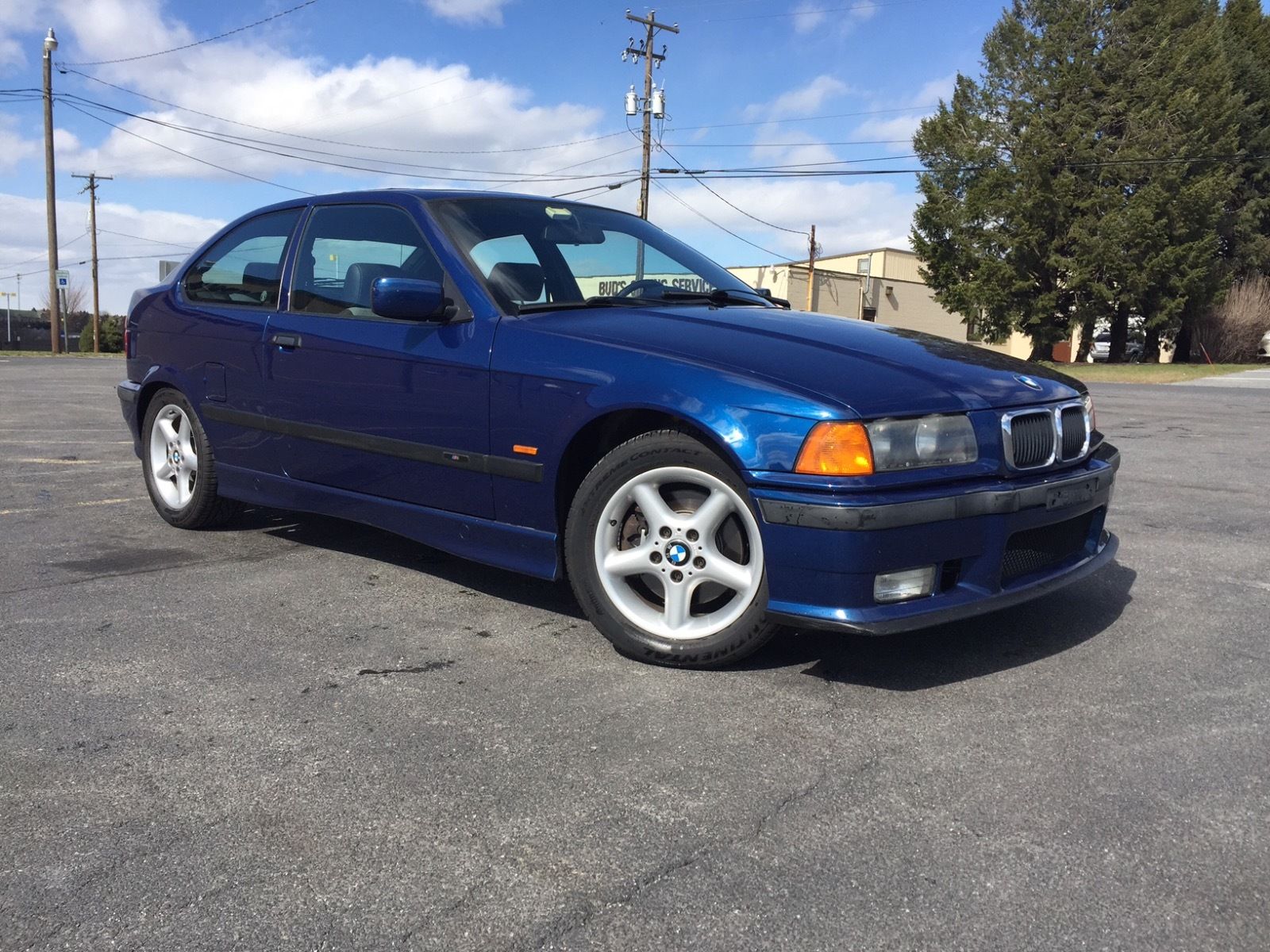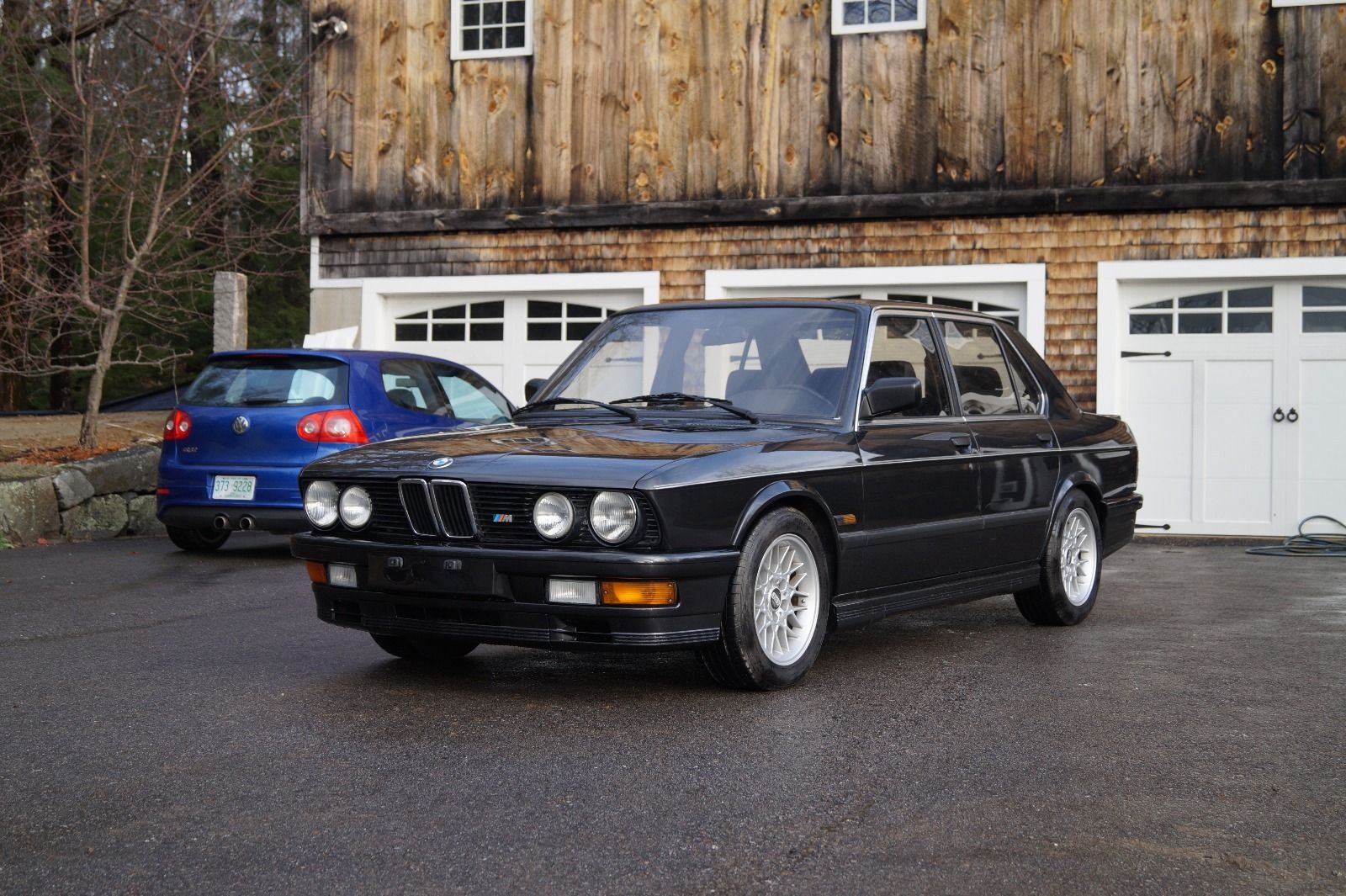For me, the perfect counterpoint to the questionably presented C2 from a few days ago is today’s B7 Turbo. Just about everything in the B7 was taken up a few notches over a standard E28 (or even an M5), and this example exemplifies that perfectly in comparison to that E30.
The B7 Turbo models were, quite simply, some of the fastest BMWs made to that point. More to the point, they were some of the fastest cars in the world in the 1980s; Alpina claimed the E12 B7 Turbo was the fastest sedan in the world, for example. The B7S had bumped up to the 3.5 liter M30. Strapping their special injection system along with a KKK turbocharger and a host of internal modifications, the B7S produced 911 Turbo levels of power which made it (unsurprisingly) 911 Turbo fast. The model continued after the changeover to E28 model, but with some differences. Instead of the bespoke injection on the early model, Alpina instead reprogrammed the Motronic in the E28 to work with the turbocharged M30. The B7 was available in both catalyst (/3) and non-catalyst (/1), both producing 300 or more horsepower. Alpina claims they ultimately made 236 of these beasts by the end of production, but the catalyst version – a large chuck of which ended up in Japan – was the more rare of the two. Today, one of these mega sedans is available, and while a high percentage of the Japanese-destined B7s ended up with automatics, this one has a manual:








